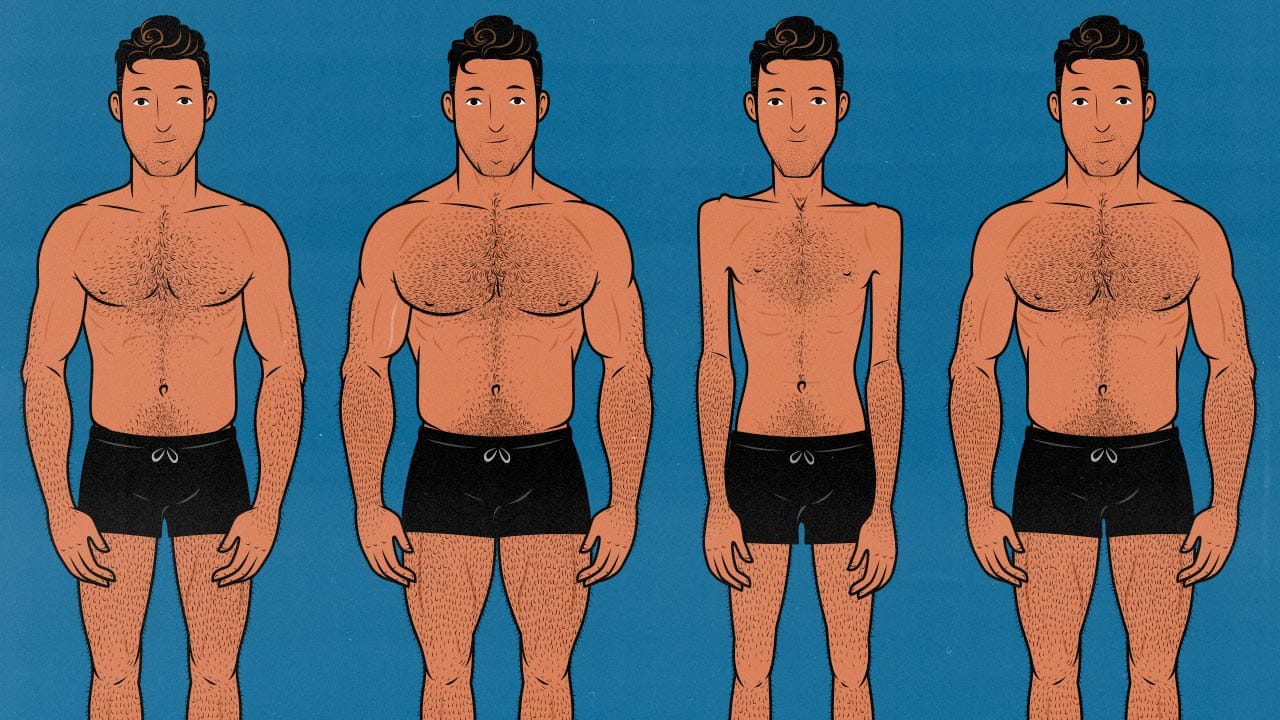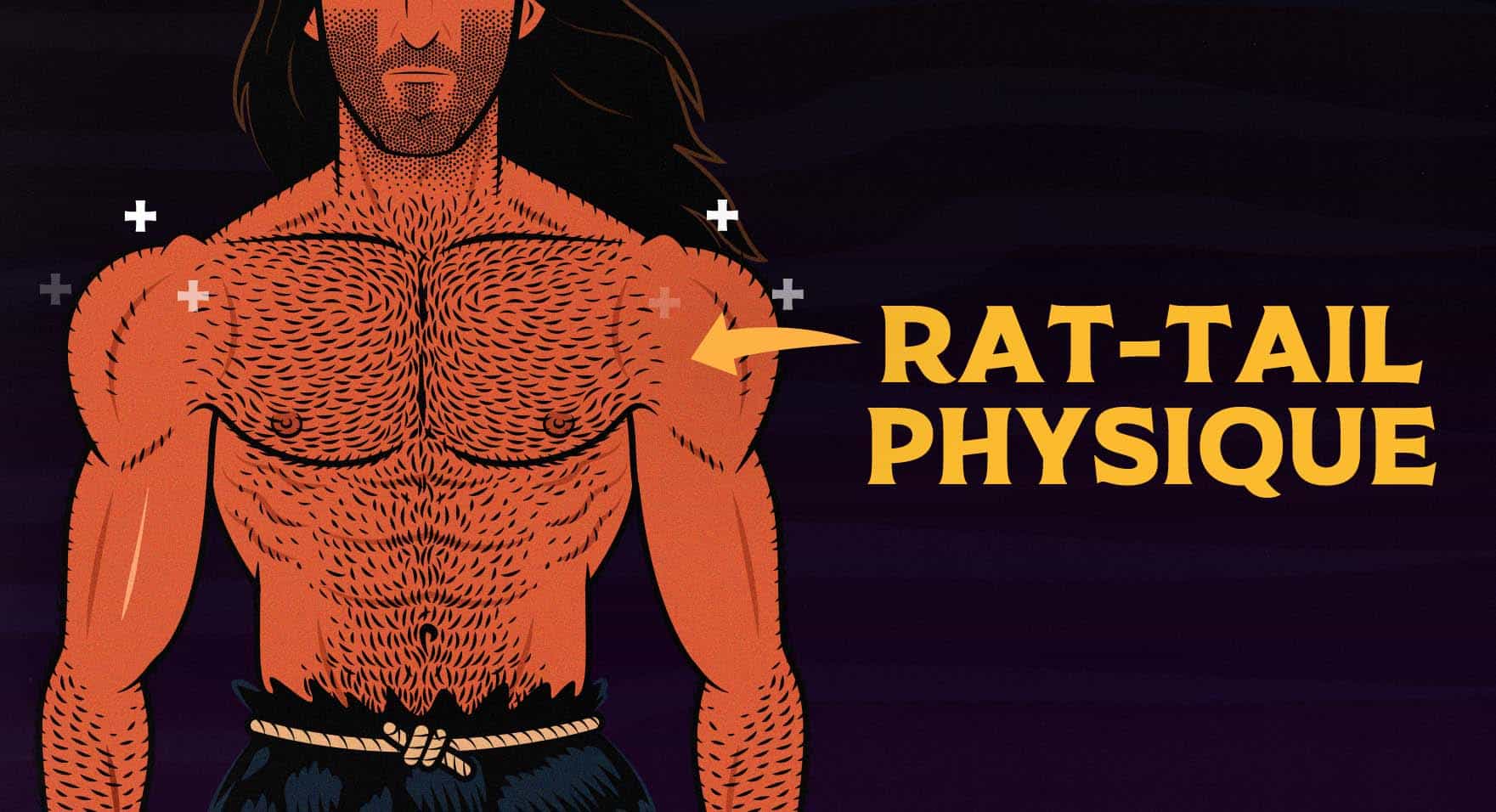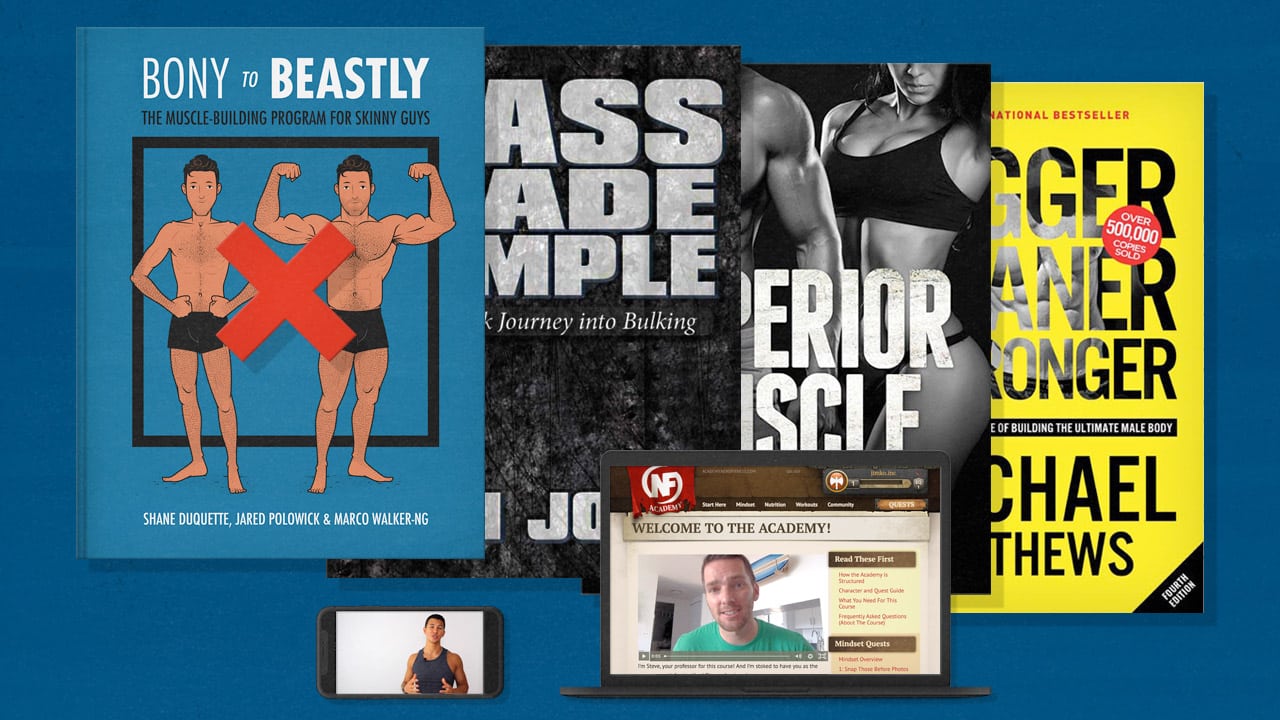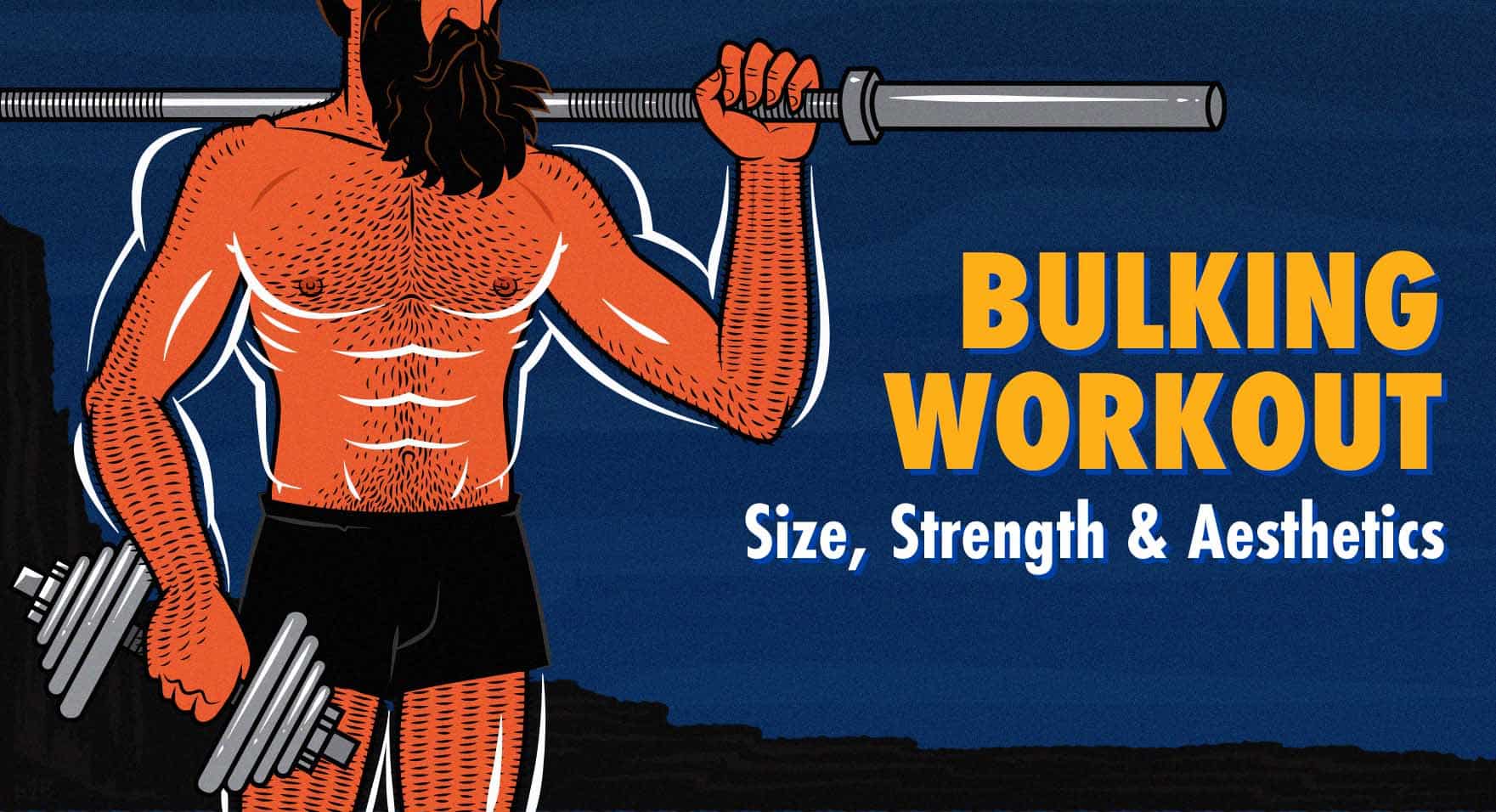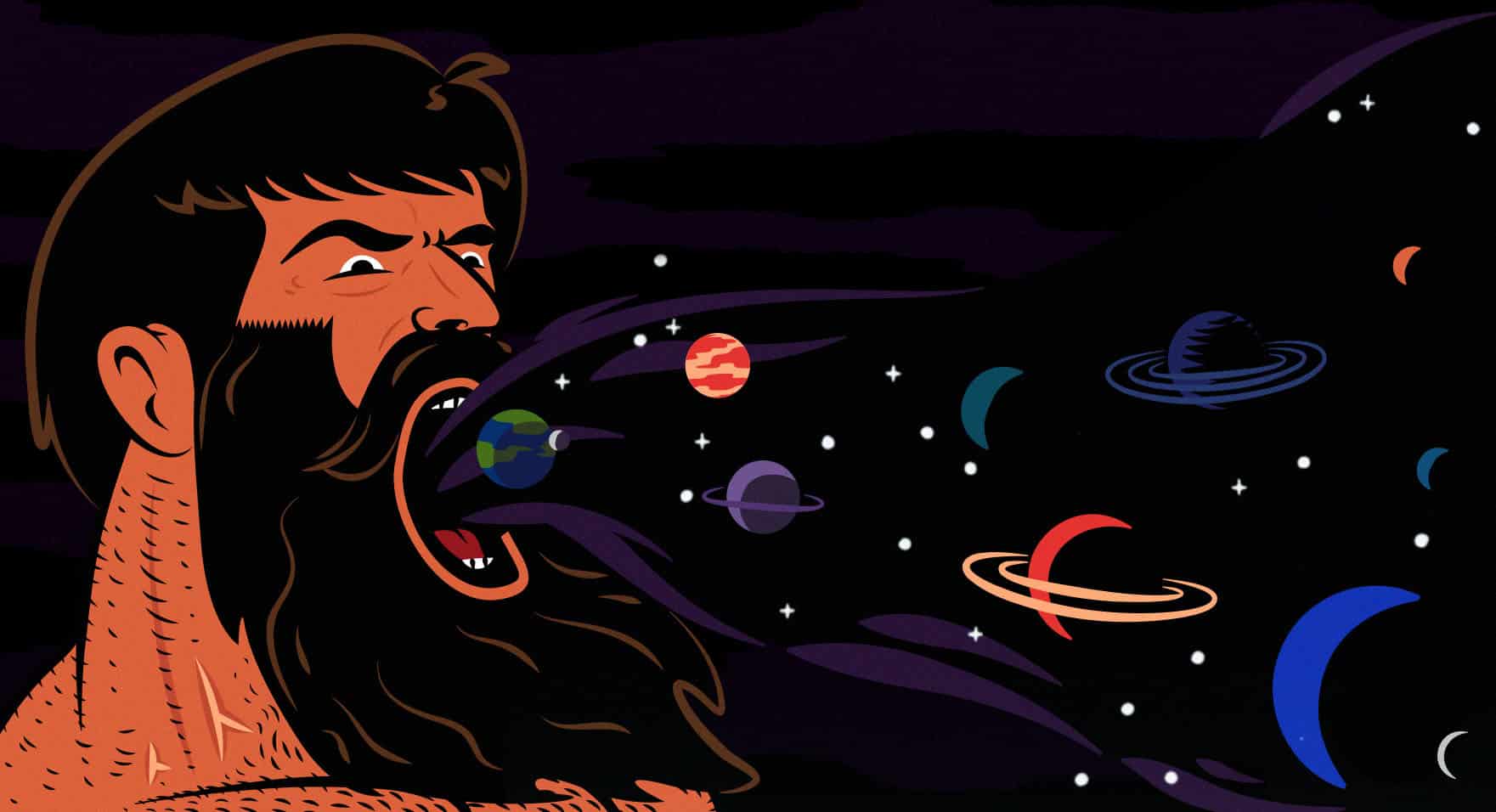Posts by Shane Duquette
Does Turkesterone Improve Muscle Growth? (Explaining the Scam)
Turkesterone is one of the most popular (and infamous) muscle-building supplements on the market. Joe Rogan, More Plates More Dates, and Vitruvian Physique have all discussed turkesterone’s benefits. Most famously of all, Greg Doucette touts the benefits of his turkesterone supplement (Turk Builder) several times per week to hundreds of thousands of people per video.
At first, the claim was that turkesterone could boost testosterone production, boosting muscle growth. However, there isn’t any research showing increases in testosterone. Also, it doesn’t bind to the androgen receptor, so you wouldn’t expect it to increase testosterone (study). When this came out, there was a marketing pivot. Now, it’s said to promote muscle growth via other pathways, such as stimulating the production of more IGF-1, increasing mTOR. More on that in a moment.
To get to the bottom of this, I started by speaking with Dr. Eric Trexler. He’s got a doctorate degree in sports science, has published over 30 strength and hypertrophy studies, and studies metabolism at Duke University.
We also have a few studies to review, including two new human trials on turkesterone.
And then there’s the drama: the scams, scandals, and redemption arcs.
We don’t sell turkesterone. No affiliate links.
Read MoreHow to Build the Most Aesthetic Male Physique
Most men want to have an aesthetic physique. Few know exactly what that means. For example, when they guess the degree of muscularity women prefer, they’re off by thirty pounds (study). Many have a deeper misunderstanding, failing to connect their appearance to their fitness and strength. Some shun aesthetics, mistakenly thinking it’s superficial. Others are superficial on purpose, thinking it’s the best way to become attractive. That’s never as convincing as the real thing.
We’ll cover the attractiveness research. We’ve spoken to some of the study authors. We also went deeper, testing our hypotheses by conducting our own surveys. We collected thousands of responses for each: survey 1 and survey 2.
But be warned: this article is long. If you don’t want to read the whole thing, here’s a simple trick to improve your appearance: have a drink. It will boost your aesthetics (to yourself) by 50%. This is called “The Reverse Beer Goggles Effect,” also known as Beauty is in the Eye of the Beer Holder (study). It’s not a perfect solution, but it will save you twenty minutes of reading.
Read MoreHow Muscular Should You Get? Ideal Male Body Weight & FFMI
I want to give you an idea about what body weight you should aim for. You’ll know exactly how much more muscle you should build, and exactly how much fat you should lose. You also know how heavy you should get when bulking, and how light you should get when cutting.
We’ll cover it from a few angles, going over the ideal BMI for your health, the amount of muscle women find most attractive, what men think looks the best, and also what’s best for different performance goals.
Read MoreDo Girls Like Skinny Guys? (Survey Results)
I surveyed a thousand women to see if they like skinny guys. In the first survey, I used photos. In the second, I used my own illustrations.
I’ve also been through all the research, including speaking with the lead researcher on the most influential paper that studied this.
And I’m a naturally skinny guy who’s bulking up. I have my own experience of dating (online and in person) while skinny and then while in great shape.
Let’s go through all of it.
Read MoreDo Women Prefer V-Taper Physiques with Bigger Side Delts?
When most guys think of the most attractive male physique, they think of a V-taper body shape with broad shoulders and a narrow waist. That isn’t wrong. There’s quite a bit of research showing that men with broader shoulders and narrower waists are more attractive.
The V-taper physique isn’t a myth. Rather, there are myths surrounding the V-taper physique. Those misunderstandings ruin what it symbolizes, destroying its aesthetic appeal.
The mistake is assuming you can improve your physique by emphasizing certain muscles, such as your side delts. This is the opinion held by quite a few experts and influencers, including Dr. Mike Israetel, Dr. Macken Murphy, TylerPath, WanHee, and many other influencers with many millions of followers (as shown in this video).
It’s true that building bigger side delts would give you broader shoulders, giving you a greater shoulder-to-waist ratio, and thus technically giving you a more pronounced V-taper, but I’m not sure that’s the best way to improve your appearance.
Let me go through the research, show you some interesting results from a survey I conducted, and explain the logic.
If you read the article and disagree with me, post a comment. I’ll answer it. I want to get this right.
Read MoreThe Best Bulking Programs for Skinny Beginners in 2025 (Reviewed)
To find the five best bulking programs for skinny beginners, we surveyed our 26,000 naturally thin newsletter subscribers. Most of them have tried several different bulking programs, some of which worked, and many of which didn’t.
We’ve also bulked up ourselves. Marco is naturally skinny, he has a degree in health sciences, he has over a decade of experience as a full-time strength coach, and he’s helped a wide variety of clients bulk up, ranging from everyday skinny guys all the way up to college, professional, and Olympic athletes.
I’m naturally skinny, too, with over 15 years of full-time experience helping over 15,000 skinny people bulk up. We live and breathe this niche. So, we’ll offer our own wisdom here, too, when we can.
Note: Our bulking program was rated the most highly, but that’s because we surveyed our own newsletter. We aren’t reviewing our program. We’re much too biased, obviously.
Note: There are no affiliate links.
Read MoreBulking Workout Routine: How to Maximize Muscle Growth
Whether you’re trying to build muscle, burn fat, or do both at the same time, you should be training for hypertrophy—for muscle growth. That’s why bulking, cutting, and body recomposition workouts are usually fairly similar.
Still, bulking workouts are special in three ways:
- More food means more energy and greater recovery. That means you can train harder and stimulate more muscle growth. You could train more often, do more exercises, do more sets, or push closer to failure.
- It might be worth doing more isolation exercises. Your arms and abs get plenty of stimulation from compound exercises, which is often enough to maintain their size and strength while cutting. That makes isolation exercises somewhat optional. But when you’re bulking, you have the opportunity to push it further, training them harder, bulking them up much faster.
- You can scale back cardio. It still helps to be active or do cardio, but you don’t need as much, especially if you’re pouring more energy into lifting weights or having trouble eating enough calories to gain weight.
Plus, it’s even more important to maximize muscle stimulation when you’re bulking. You’re eating enough calories to gain weight, and those extra calories can either be invested into muscle growth, stored as fat, or a mix of both. Thus, the more muscle growth you stimulate, the more of those extra calories will be invested into muscle, leaving fewer to be stored as fat.
Compare that to a cutting workout, where you have less energy, and all you need to do is maintain your muscle size. Maintaining muscle requires far less stimulation than gaining muscle, so cutting workouts can be shorter and easier.
Read MoreThe Best Protein Powder for Bulking (2025)
I’ll tell you the best protein powder for bulking, but you might be asking the wrong question. Protein is an important part of a balanced bulking diet, and protein powder is an easy way to get that protein, but you might be thinking of a weight gainer.
Weight gainers are high-calorie bulking supplements that contain both protein and carbs. You mix it into water just like protein powder, but you can get around 10x as many calories per serving. That can make it easier to gain weight. That might be what you’re thinking of. We’ll cover the best weight gainers, too.
Read MoreHow to Eat More Calories, Increase Your Appetite & Gain Weight
Most naturally thin people struggle to eat enough calories to gain weight. Usually, that’s a good thing. Our genetics help us avoid the obesity that plagues almost everyone else.
But if you’re skinny, underweight, or trying to bulk up, then the same genetic advantages that keep you healthfully lean can also make it extremely difficult to eat enough calories to build muscle.
Gaining weight is difficult, but it isn’t impossible, and we can make it much easier. I’ve gained 70 pounds and comfortably maintained it for over a decade. We’ve also helped over fifteen thousand other naturally skinny people bulk up, including professional and Olympic athletes. We’ve learned quite a lot while doing it.
I’ve got 17 tips that will make it much easier to gain weight.
Read MoreWhat’s an Ectomorph? Are Body Types Even Real?
An ectomorph is someone who is naturally slim. We tend to have thinner bone structures, fewer fat cells, and faster metabolisms. We’re often taller than average, with longer spines and limbs and proportionally smaller stomachs.
I’m an ectomorph. I’ve also spent the past fifteen years helping other ectomorphs gain weight, build muscle, and improve their health. It isn’t a body type. Some of our clients have included college, professional, and Olympic athletes. You can do great things with it.
Still, ectomorph is a controversial word. It was coined by the disgraced psychologist William Herbert Sheldon in the 1940s. He used it to describe the skinny body type and personality type, but he couldn’t prove a link between the two.
So, the word ectomorph isn’t scientific, but many of us still use it because it’s the simplest way to describe our thin builds.
Read More

